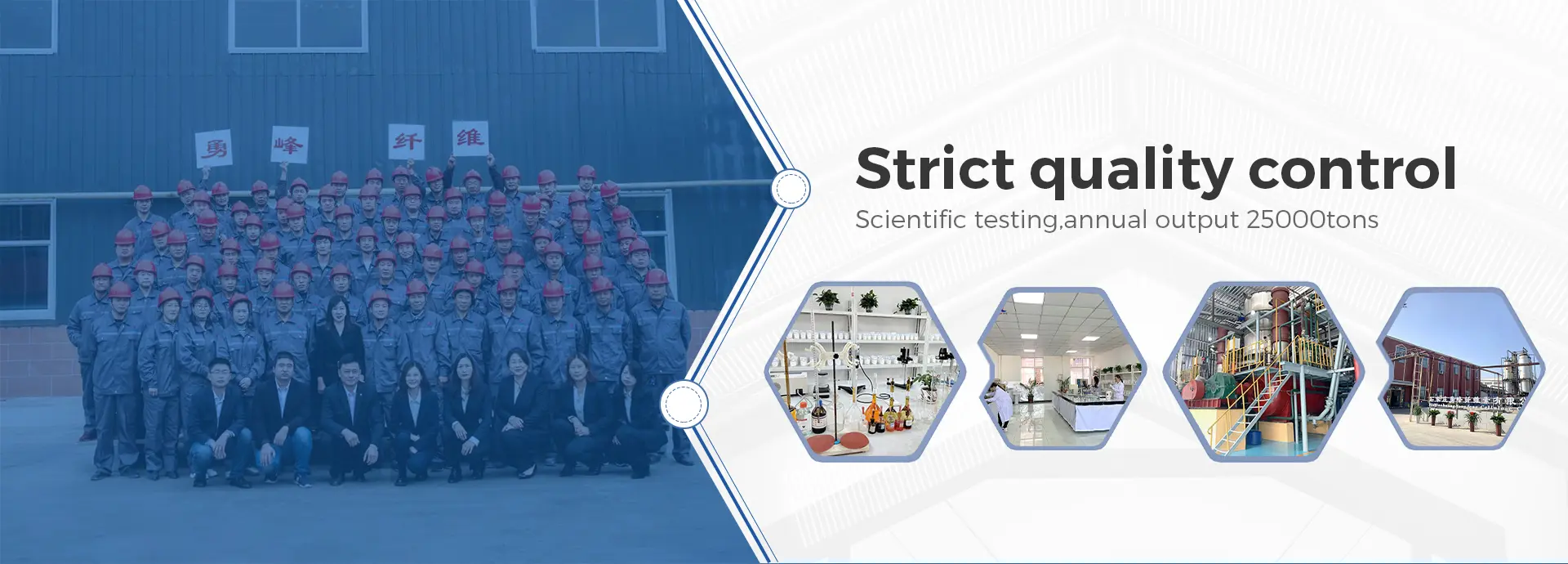The Rise of HPMC-Like Tylose A Versatile Additive in Modern Industries
Hydroxypropyl methylcellulose (HPMC), often recognized in the market by its trade name Tylose, has gained considerable attention within various industries due to its versatile properties and applications. This cellulose derivative, which is synthesized from natural cellulose, plays a pivotal role in enhancing the performance of products across a range of sectors, including construction, pharmaceuticals, food production, and personal care.
Understanding HPMC and Its Properties
HPMC is a white, odorless powder that is soluble in water, forming a clear, colloidal solution. One of its most notable properties is its ability to modify the viscosity of liquid solutions. The degree of substitution, which refers to the number of hydroxyl groups substituted by hydroxypropyl or methoxy groups, influences the solubility and viscosity of the product. These characteristics make HPMC an exceptional thickening agent, emulsifier, and stabilizer, allowing it to be incorporated seamlessly into various formulations.
Applications in the Construction Industry
In the construction sector, HPMC-like Tylose is widely used in mortar and plaster mixtures. Its water-retention capabilities prevent the rapid drying of the mixture, allowing for better workability and adhesion. This property is crucial when applying mortar in different environmental conditions, ensuring that the drying process does not compromise the integrity of the application. Additionally, HPMC acts as a binder, enhancing the mechanical performance and durability of construction materials. The use of HPMC in tile adhesives has become common, as it not only improves adhesion to various substrates but also provides excellent slip resistance.
Pharmaceutical Applications
HPMC's role in the pharmaceutical industry is equally significant. It is utilized as a binder in tablet formulations and can also serve as a controlled-release agent. The polymer’s capacity to form gels in the presence of water allows it to regulate the release of active pharmaceutical ingredients, providing therapeutic effects over an extended period. Additionally, HPMC's biocompatibility makes it an attractive choice for use in drug delivery systems, such as hydrophilic matrices and implants.
hpmc like tylose

Food Industry Utilizing HPMC
In the food industry, HPMC serves as a food additive, classified as an emulsifier, thickener, and stabilizer. Its ability to form a gel-like consistency at various temperatures can improve the texture and mouthfeel of food products. Common applications include sauces, dressings, and gluten-free baked goods, where HPMC acts as a replacer for gluten, enhancing elasticity and structure. Furthermore, HPMC is often used in low-fat and reduced-calorie products, helping to maintain product quality while catering to health-conscious consumers.
Personal Care and Cosmetic Applications
The personal care and cosmetic industries benefit greatly from HPMC-like Tylose due to its emulsifying and thickening properties. Lotions, shampoos, and creams often incorporate this additive to achieve the desired consistency and stability. Furthermore, HPMC provides a smooth application experience, enhancing the overall sensory profile of cosmetic products. In addition to thickening, its film-forming ability helps in creating a protective barrier on the skin, improving moisture retention and providing a pleasant skin feel.
Environmental Considerations and Future Trends
As industries increasingly prioritize sustainability, the demand for eco-friendly additives such as HPMC is on the rise. Being derived from natural cellulose, HPMC-Like Tylose offers a biodegradable alternative to synthetic polymers that can persist in the environment. Furthermore, ongoing research into enhancing the properties of HPMC, such as optimizing its performance in specific formulations, is paving the way for innovative applications.
In conclusion, HPMC-like Tylose exemplifies a remarkable additive that has transcended original applications to become integral across various sectors. Its multifunctionality and adaptability not only enhance product performance but also provide sustainable solutions in an era of increasing environmental awareness. As industries continue to evolve, the role of HPMC is set to expand further, solidifying its place as a cornerstone of modern formulation science.
-
Rdp Powder: Key Considerations for Wholesalers in the Building Materials IndustryNewsJul.08,2025
-
Key Considerations for Wholesalers: Navigating the World of Hpmc - Based ProductsNewsJul.08,2025
-
Hpmc Detergent: Key Considerations for WholesalersNewsJul.08,2025
-
Key Considerations for Wholesalers: China Hpmc For Tile Adhesive, Coating Additives, Concrete Additives, and MoreNewsJul.08,2025
-
Crucial Considerations for Wholesalers: Navigating the World of Construction MaterialsNewsJul.08,2025
-
Key Considerations for Wholesalers Sourcing Additive For Cement, Additive For Concrete, Additive For Putty from Additive Manufacturer Shijiazhuang Gaocheng District Yongfeng Cellulose Co., Ltd.NewsJul.08,2025




